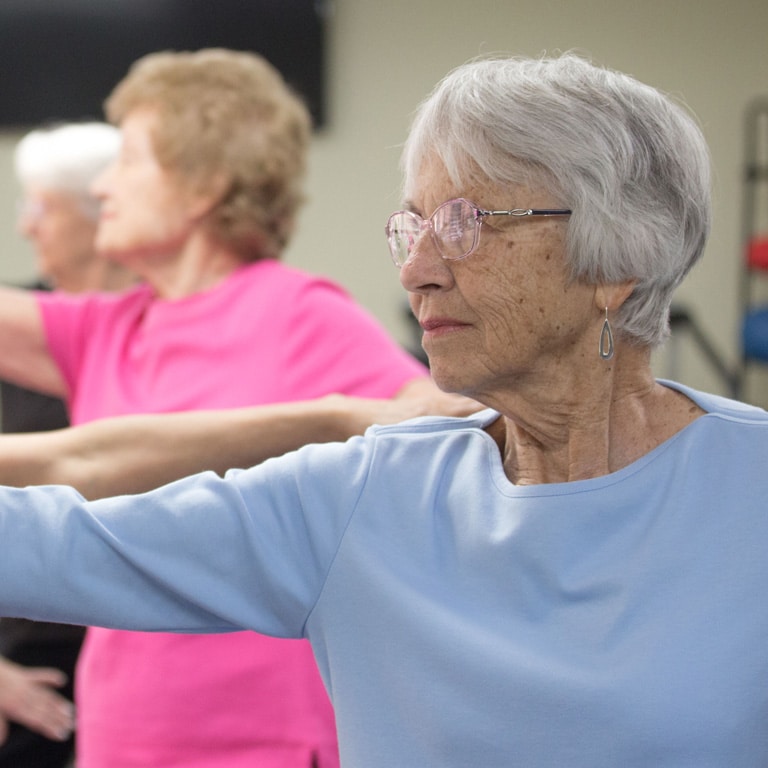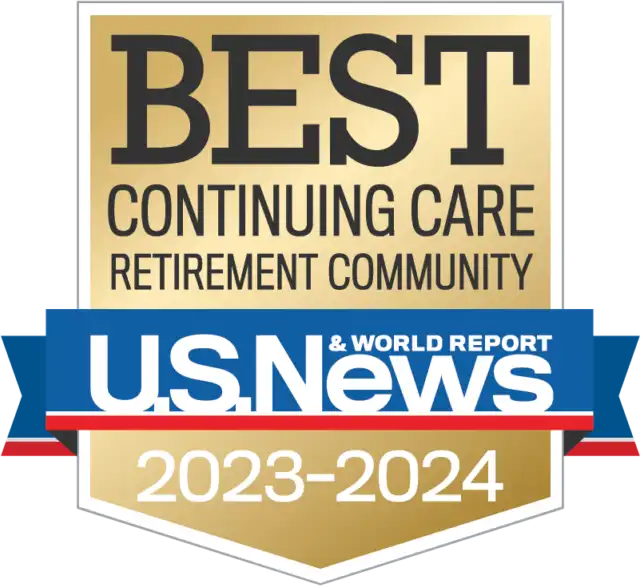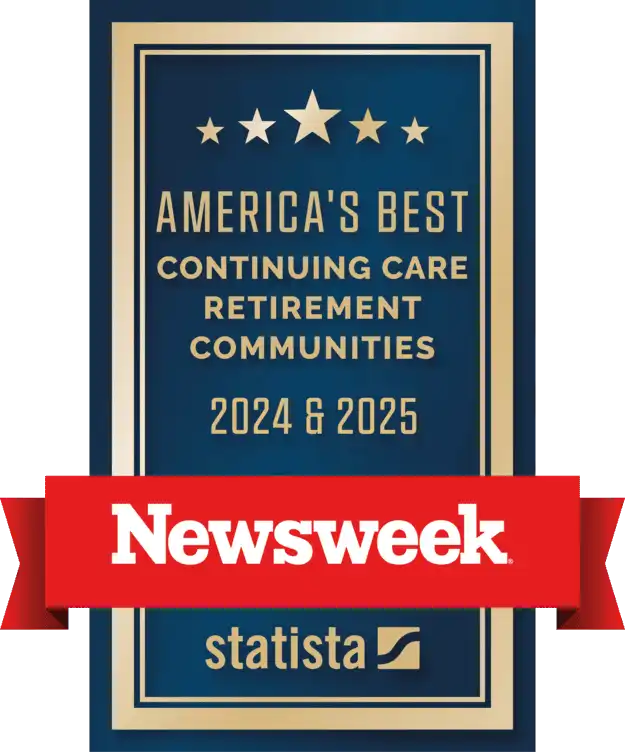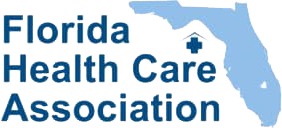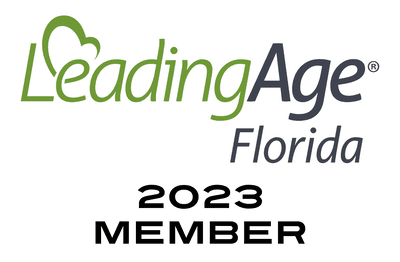Did you know one in three Americans over the age of 65 falls each year?
Falls can occur any place, any time, and affect anyone. Falls are the leading cause of fatal injury and the most common cause of non-fatal, trauma-related hospital admissions among older adults.
The financial costs for older adults related to falls are also on the rise. In fact, the cost is expected to reach six billion dollars over the next five years. Those who fall can suffer various injuries including fractures, dislocations, lacerations, and paralyzing fears of falling again.
It’s time to take a stand against our risk of falls and improve our balance and stability. As we age, our balance can always be improved. By doing so, we can decrease the risk of poor posture, lower back pain, and most importantly, lower our risk of falls.
Although falls affect many older adults, you can be proactive and we can help! Whether it is through our out-patient Village Rehabilitation or Betty Fresh Rehab – both providing physical, occupational, and speech therapy – all of the support you need is here! Residents step it up by participating in yoga and balance related workshops in our very popular Wellness Center, opened 7 days a week. Whatever the need, we‘ve got you covered.
Here are five simple steps, recommended by our St. Mark Team, to help prevent yourself or loved one from falling:
-
-
BE ACTIVE & EXERCISE REGULARLY
Attend wellness classes and keep moving! It is important to exercise daily, focusing on all components of fitness, such as flexibility, strength, endurance, and balance.
-
FOLLOW UP
Speak with your doctor or pharmacist annually to review your medications and identify any medications that could cause side effects. These side effects (such as dizziness or drowsiness) could put you at risk for falling.
-
CHECK UP
If needed, get your eyes checked by an ophthalmologist at least once a year to update your eyewear prescription.
-
STEP SAFELY
Make sure your shoes are safe. Your shoes should consist of:
- Firm heel to provide stability and prevent slipping
- Textured, non-slip sole, tight pair of laces or Velcro to keep your foot secure in the shoe and to adjust easily
- Supportive arch to accommodate the anatomical structure of your foot and increase comfort ankle support
-
PREPARE
Keep your home safe by:
- Reducing tripping hazards, such as large furniture or throw rugs
- Improving the lighting in your homes
- Adding railings on both sides of stairways
- Adding grab bars in the restroom
- Removing clutter and keeping pathways clear
-
These simple steps can make a substantial difference in decreasing your risk of falls and improving your quality of life. Falls have side effects that can directly impact your life and your loved ones as well. If you have fallen, your physician might refer you to see an occupational therapist or physical therapist to assess the safety of your home, to improve your balance, or to further educate you about making changes to prevent falls.
